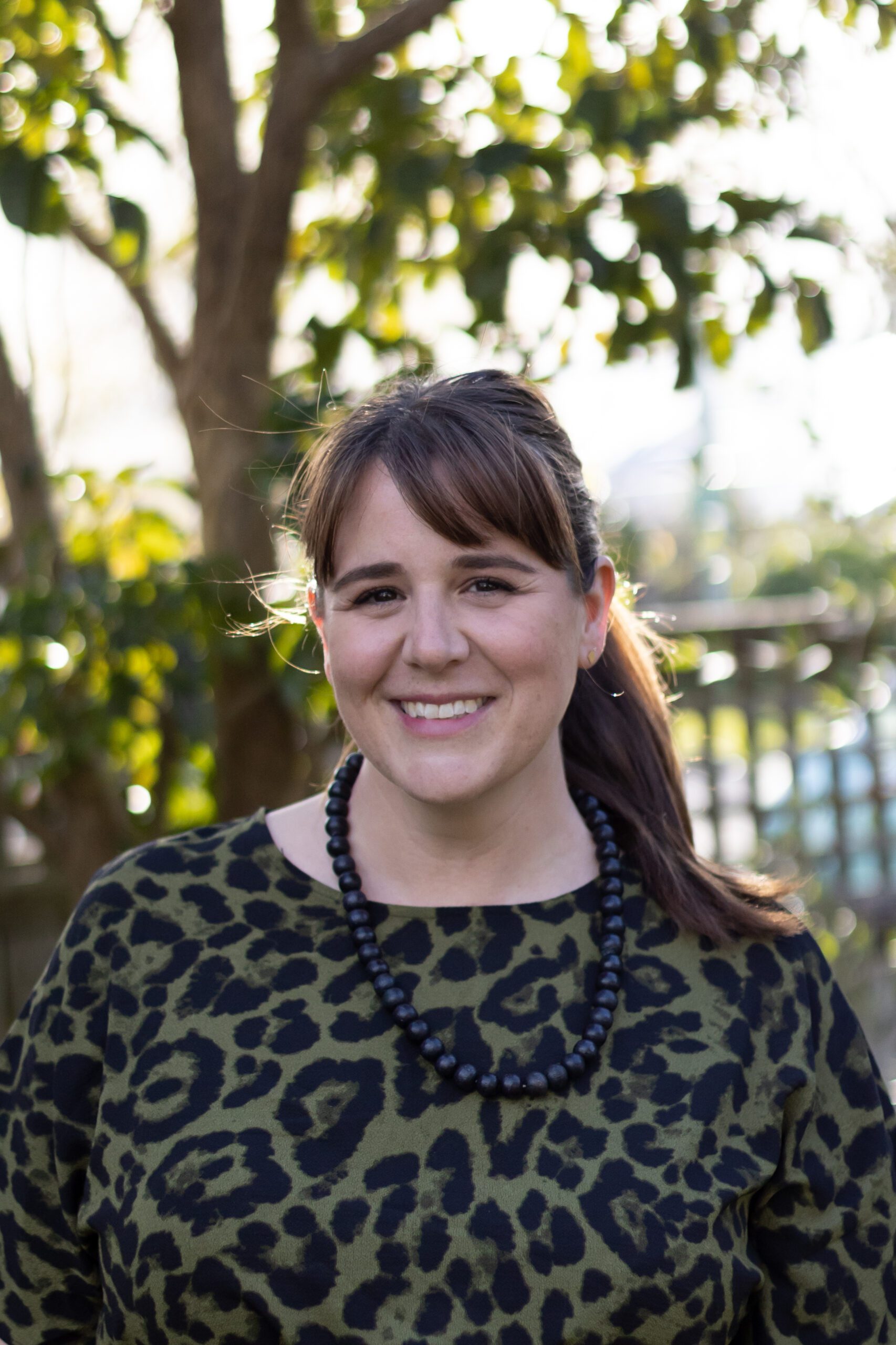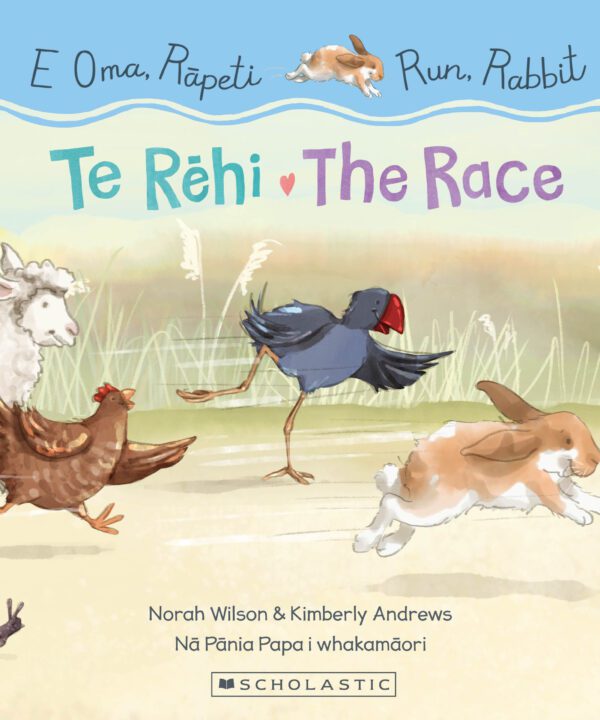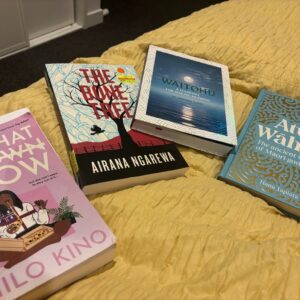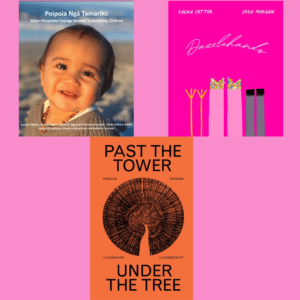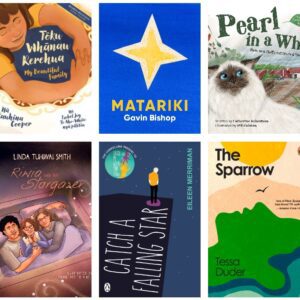Can you share a little about yourself and your background?
I made my way to Aotearoa about 12 years ago, after meeting my husband while we were both teaching at the International School of Brussels. We had our first of three kids there and decided that Aotearoa (where my husband is from) would be ideal for a family. I grew up in the suburbs of Washington, D.C., which is a great place to go back and be a tourist.
What books did you enjoy as a child?
As a young child, I really enjoyed anything that rhymed. I loved the sound of books like Hop on Pop and later got a kick out of reading them aloud. The books that give me the softest memories are Snowy Day, Goodnight Moon, Where the Wild Things Are and Anno’s Journey.
How did you get into writing?
I have always enjoyed writing in different forms. In high school I wrote a lot of poetry. I truly enjoyed writing essays at university. I studied English literature and advertising and wanted to be a copywriter. Then, teaching called, where I was immersed in children’s literature. I just couldn’t get enough of how these authors told such strong stories with so few words. So, when I had a bit of time off teaching after my third child was born, I had a crack at it and loved it.
How did you come up with the idea for E Oma, Rāpeti?
The well-known song ‘Oma, Rāpeti’ was the inspiration! My youngest child, Annie, was obsessed with the song. For her third birthday we had a rāpeti theme and I could find just about everything I needed, apart from the books. I was surprised no one had already made them. At that point, I had already written, illustrated and self-published two books. I was hooked on the process, so decided that maybe I could be the one to make them.
Did you always see them as bilingual titles?
Absolutely. The whole purpose of the books is to promote the learning and use of te reo Māori. There are a few other aspects to them too, of course, but that was always the main thing. Not being Māori, not even being from New Zealand, I have tread carefully here. I am quite cognisant that, although the stories are mine, the song is from a language and a culture that is not my own. For that reason, my local Kōhanga Reo (o Te Hau Kapua), who are doing the real mahi around this, will receive my proceeds from the series.
How has your work as a teacher influenced your writing?
I have just been exposed to so many wonderful stories. I can’t count the number of books I have read aloud. I have been able to test what works when read aloud and what doesn’t.
How do you choose books to share with your students?
When choosing any book, especially picture books, I prefer it when the author assumes that the children can understand and relate to big things. I don’t think this needs to overpower the book; a little humour goes a long way. With my older students, the same goes, but I love it when a small (or large) dash of imagination is added. Currently, we are reading Red Rocks by Rachael King, which has all the essential ingredients.
How important are quality picture books in your work as a teacher?
I think a quality picture book can be the anchor for learning. It can be a place to kick things off, to return to, to relate to and connect with. For many years, Ish by Peter Reynolds, was the cornerstone of my writing programme. A good picture book can stay with you for a lifetime.
Are you working on any new books?
Three more E Oma, Rāpeti books have been accepted into the series, so we should expect those next year sometime. I have a stack of stories that I would like to see published, but with full time teaching, three kids and a puppy, there’s not a lot left at the moment for new ideas. I am looking forward to teaching reduced hours soon and maybe, just maybe, I will put down the laundry and pick up a pen!
Do you have any advice for people writing a children’s book?
Someone once told me, if you can’t rhyme like Julia Donaldson, don’t write a rhyming book.
E Oma Rāpeti / Run, Rabbit is series of bilingual books published by Scholastic that follow the adventures of a playful and determined young rāpeti (rabbit) as he learns and plays with his friends.
Written by Norah Wilson, translated by Pānia Papa and illustrated by Kimberly Andrews.
Suitable for ages 1+
